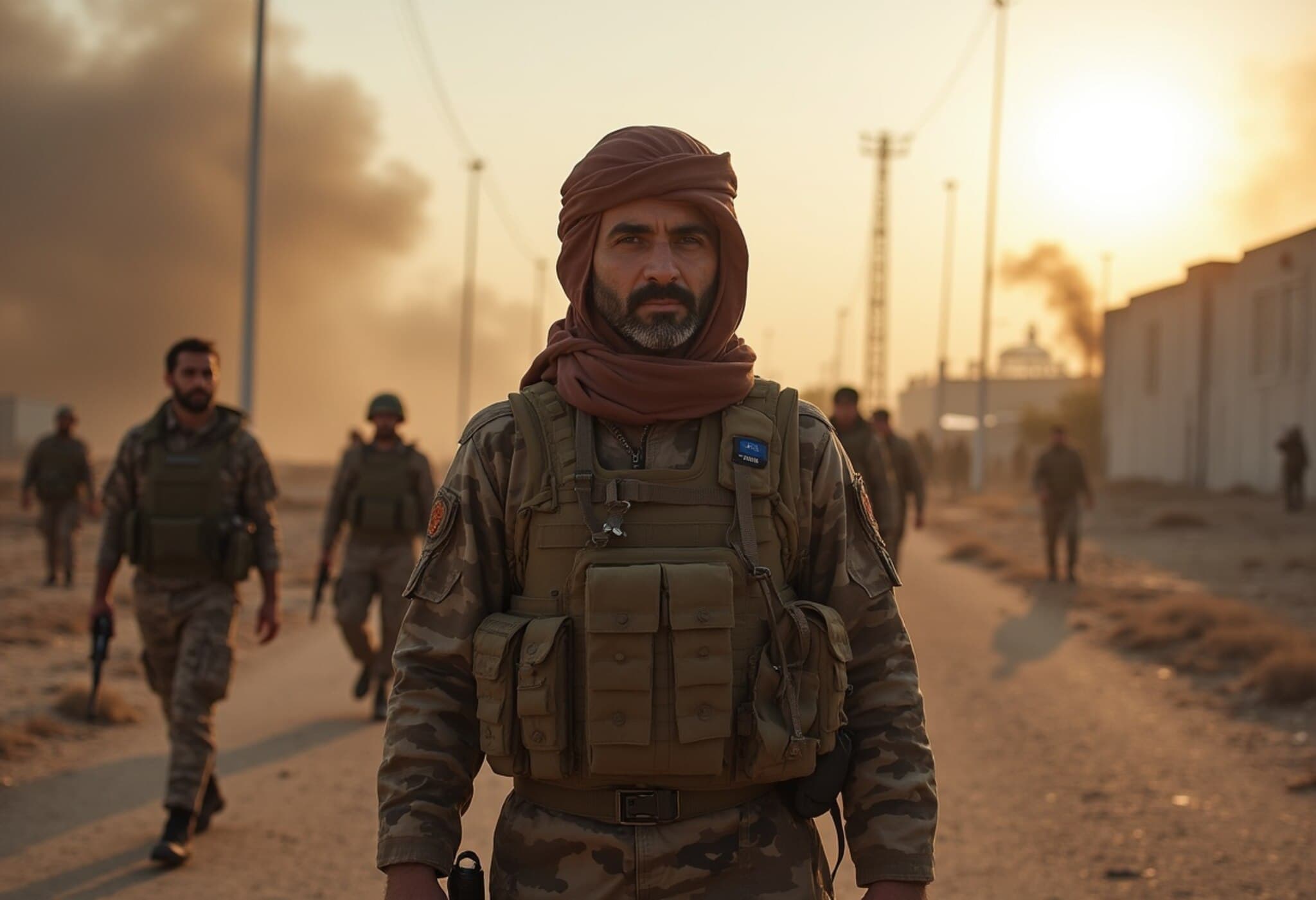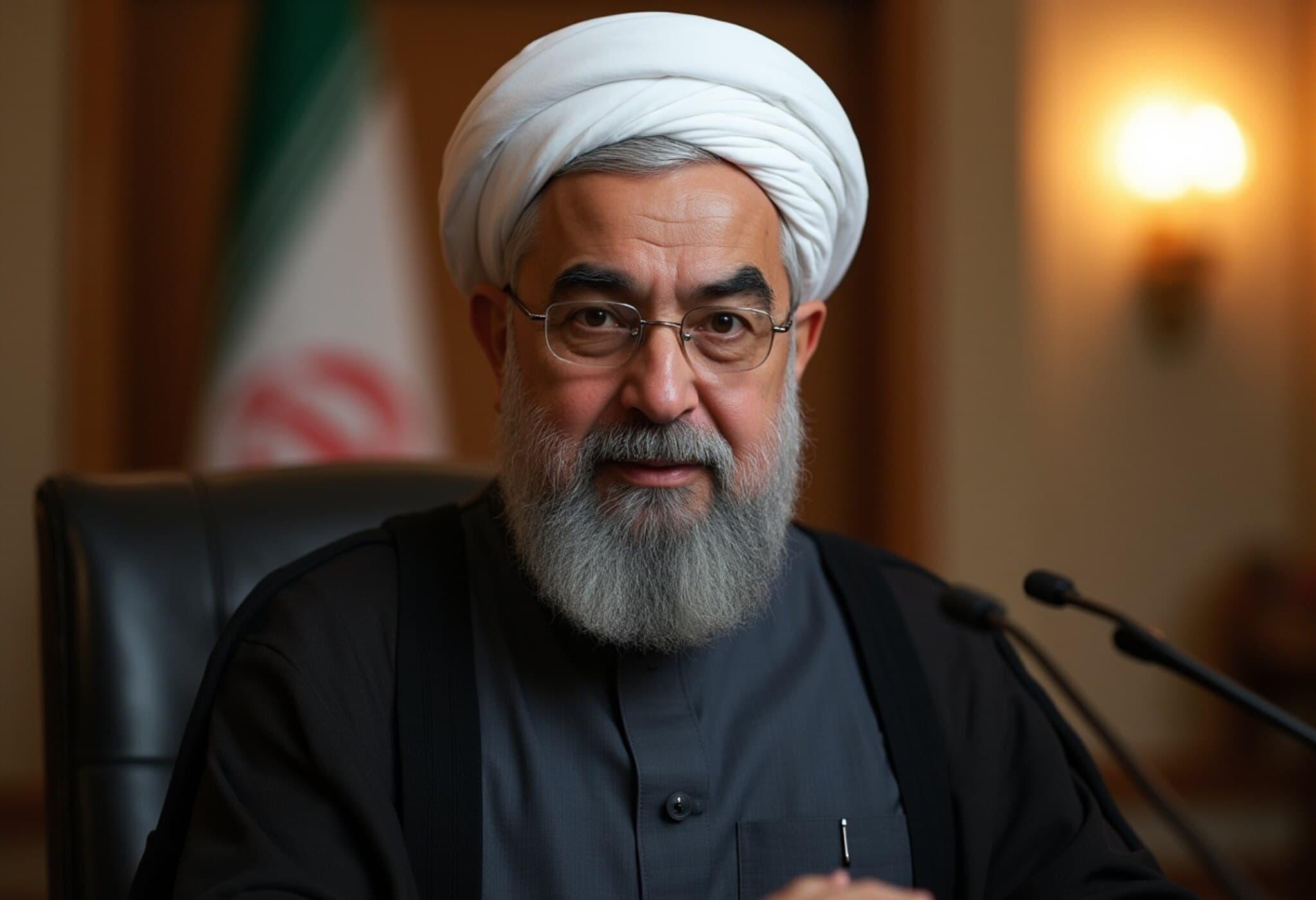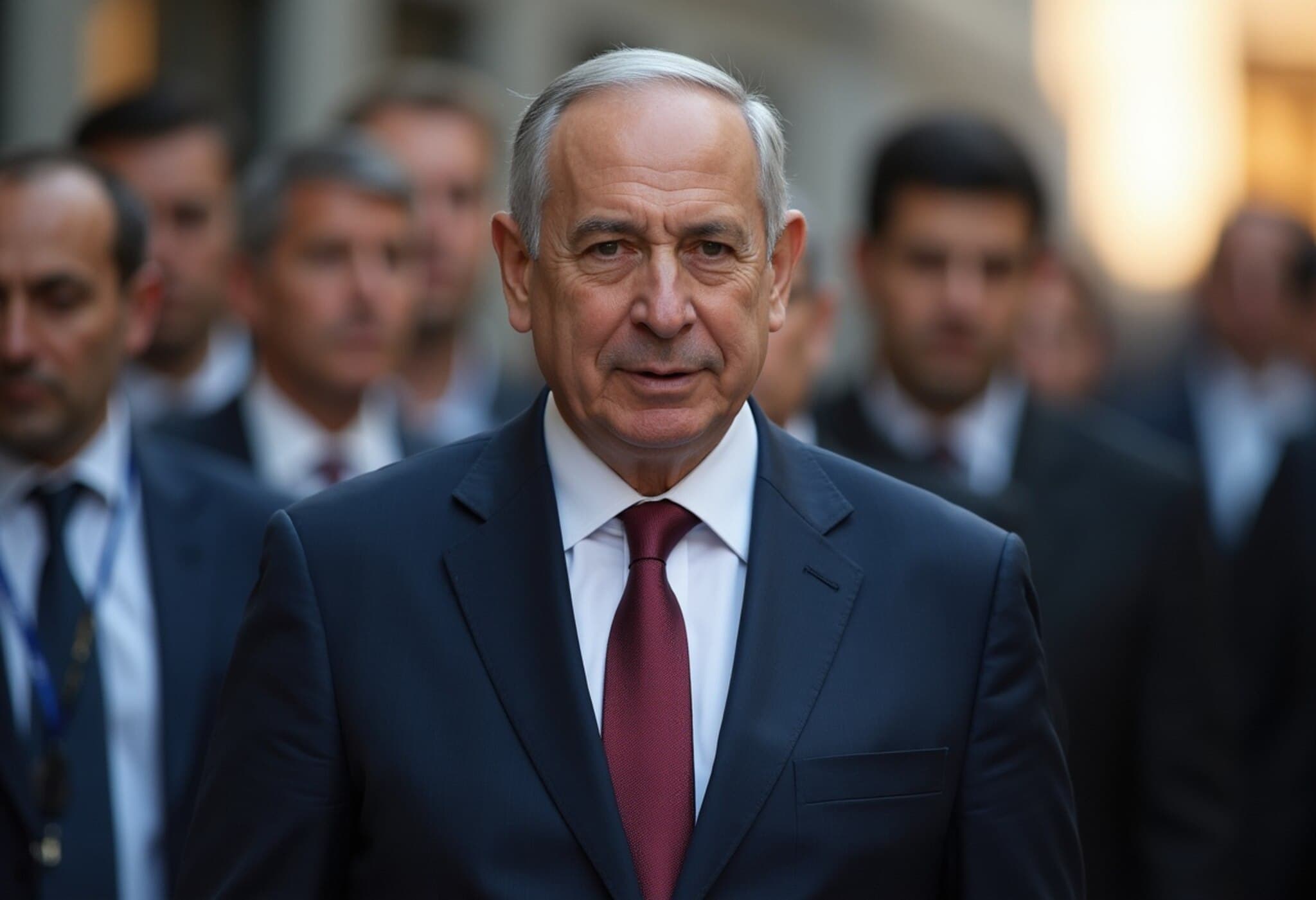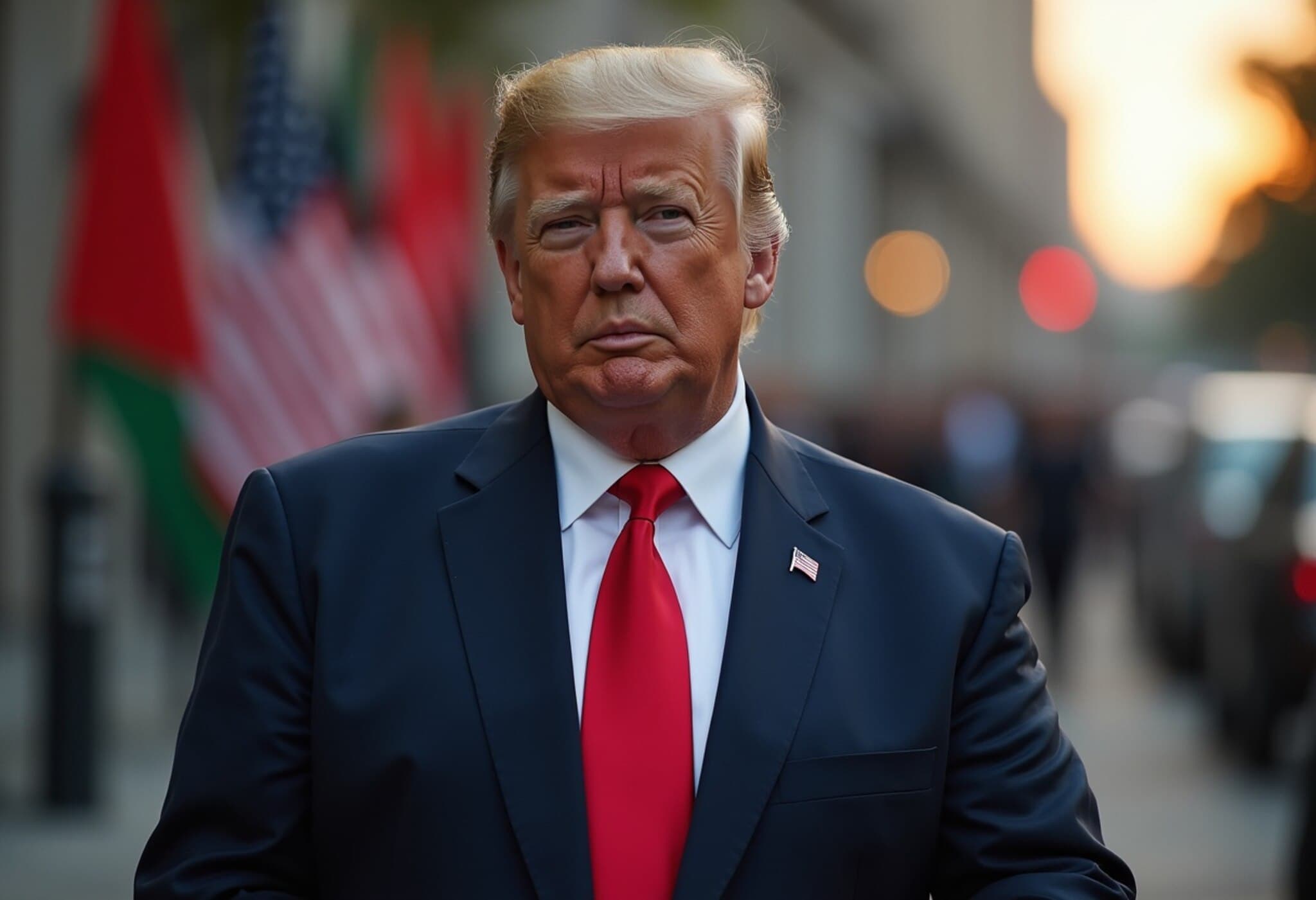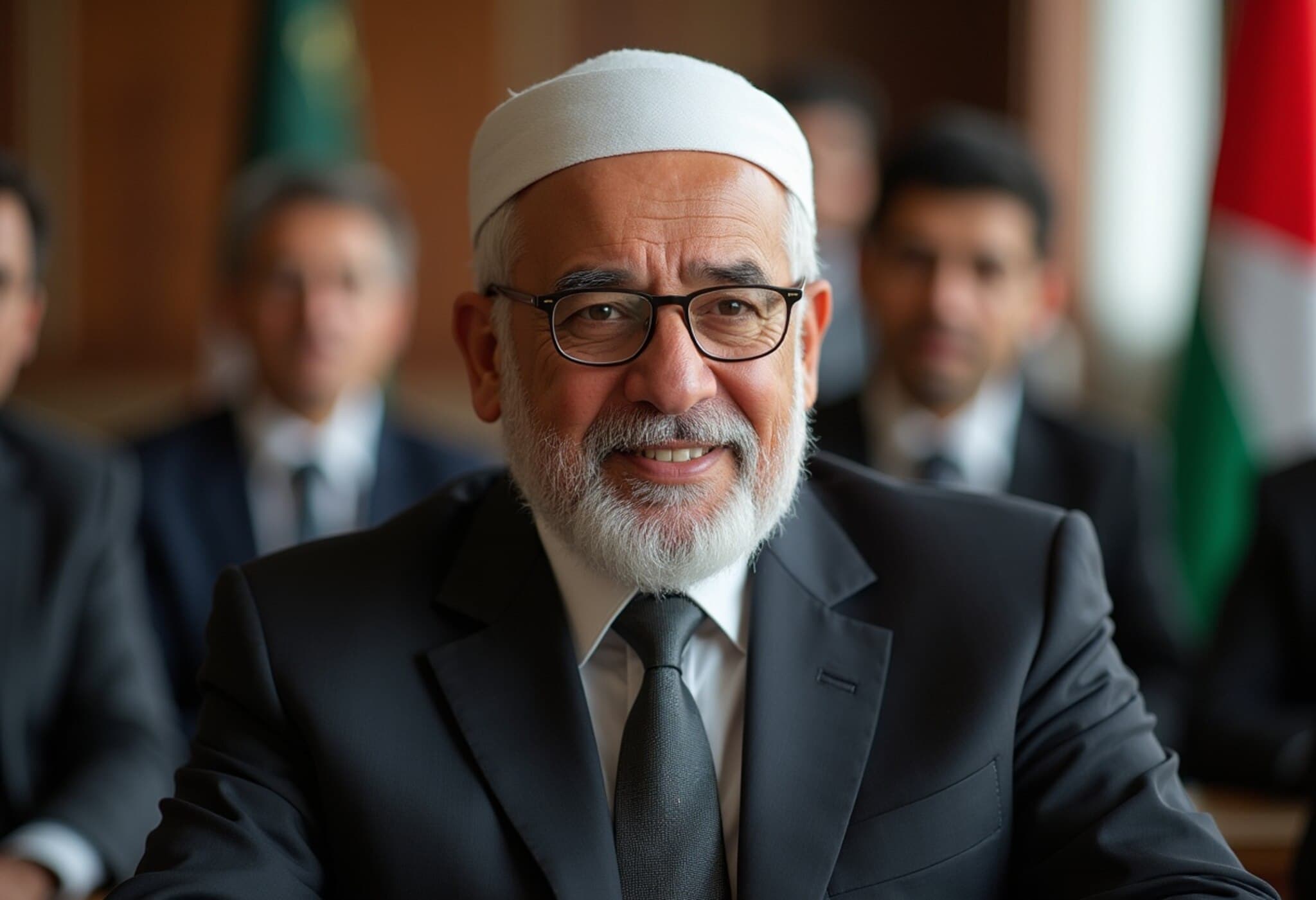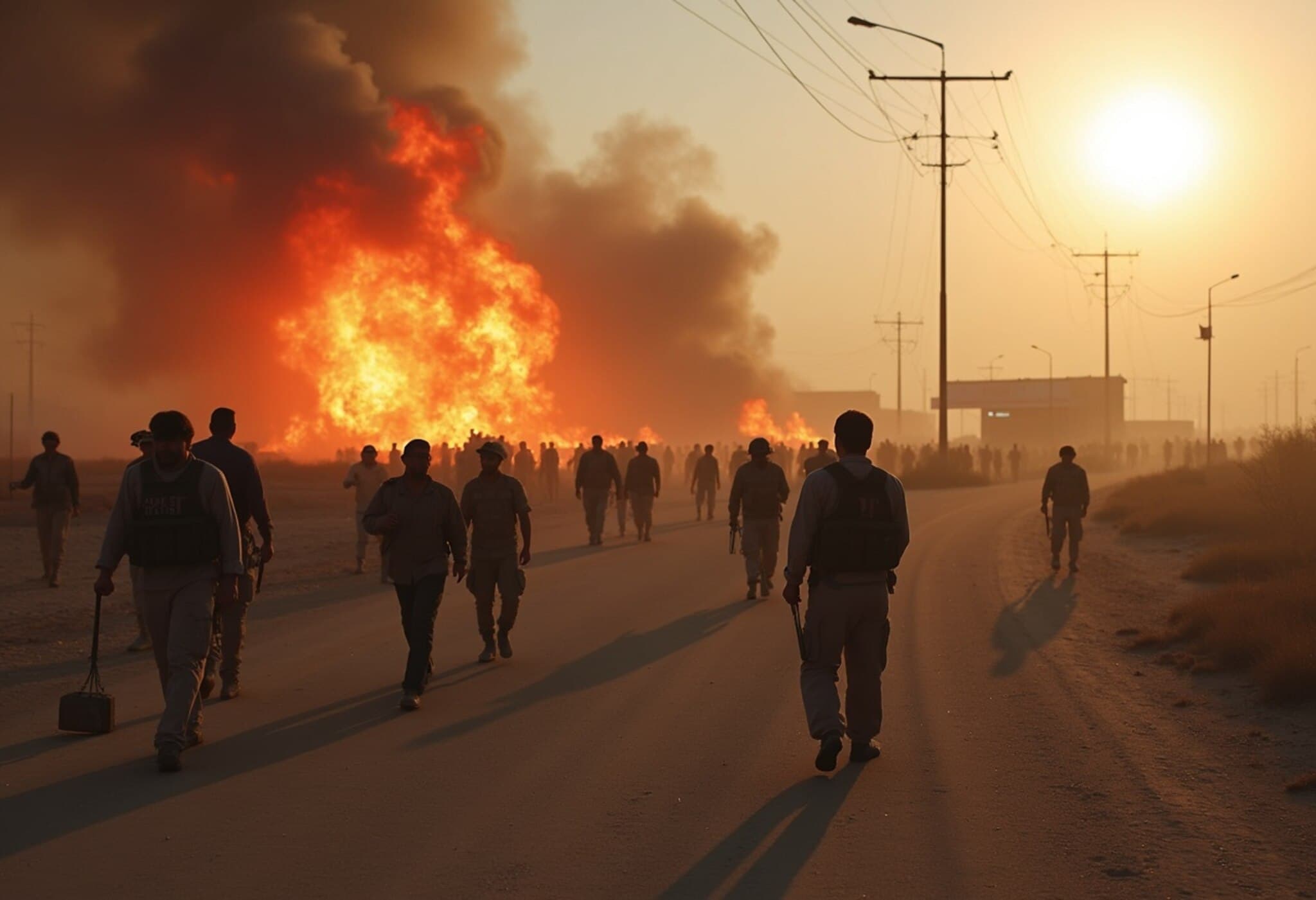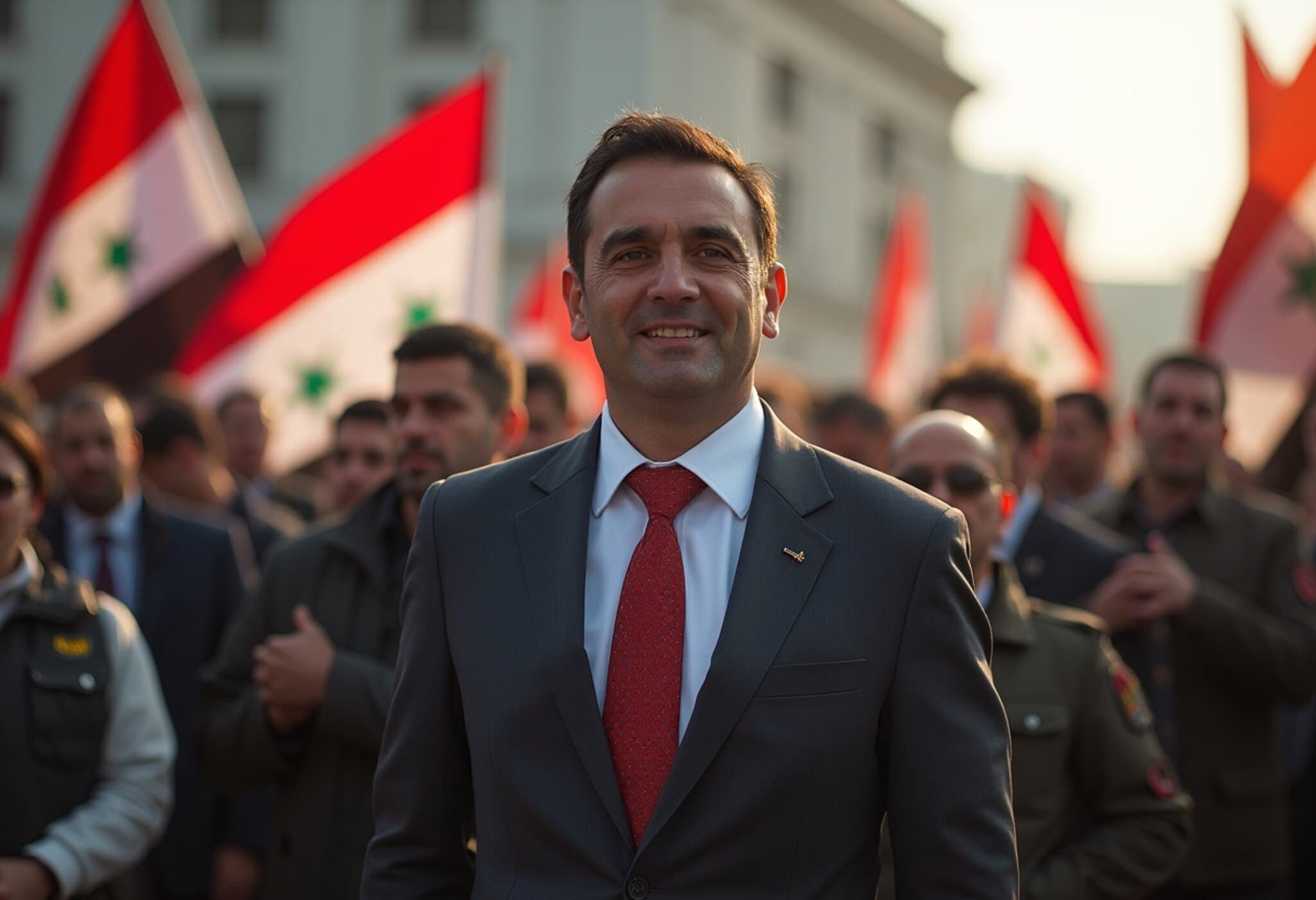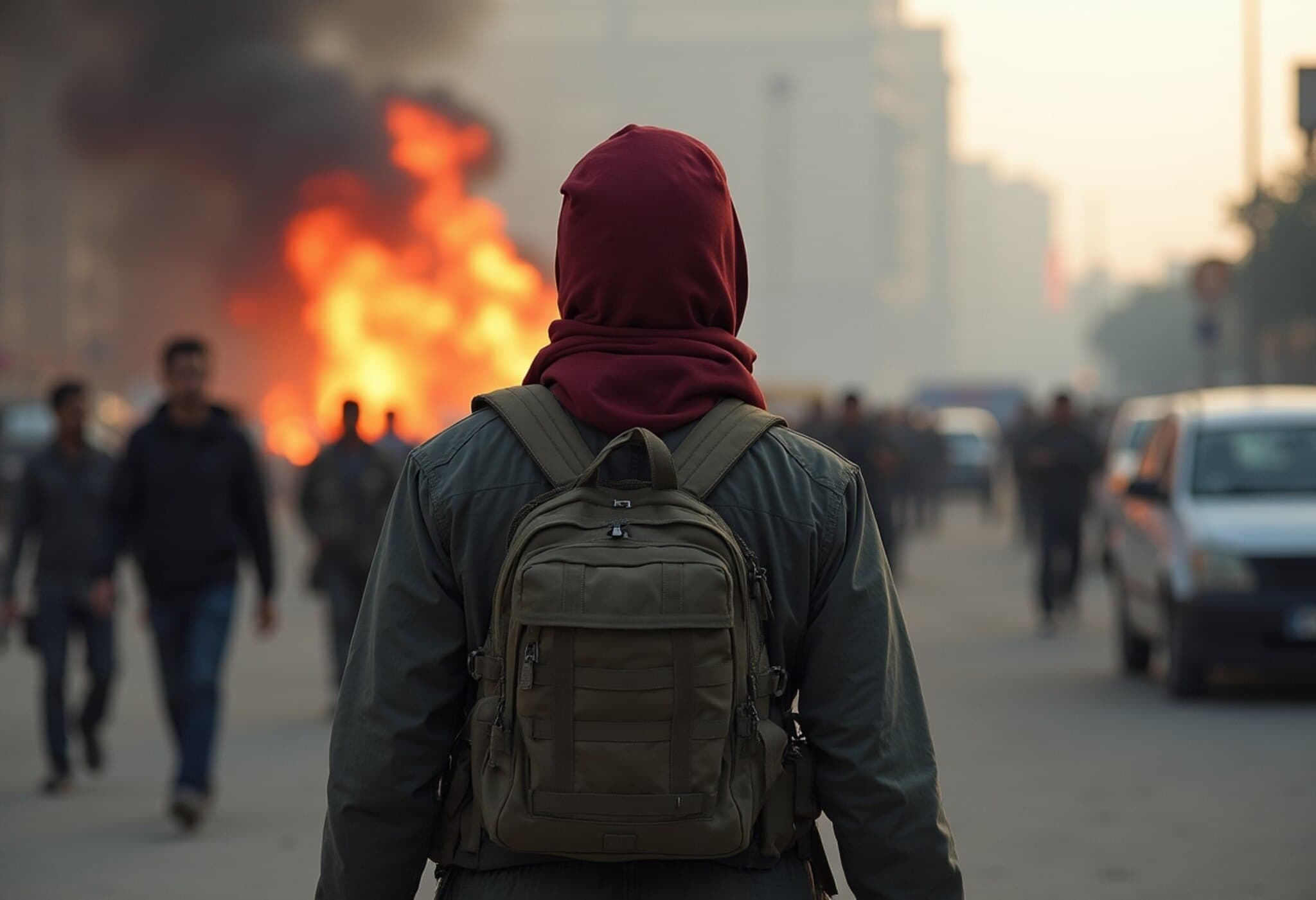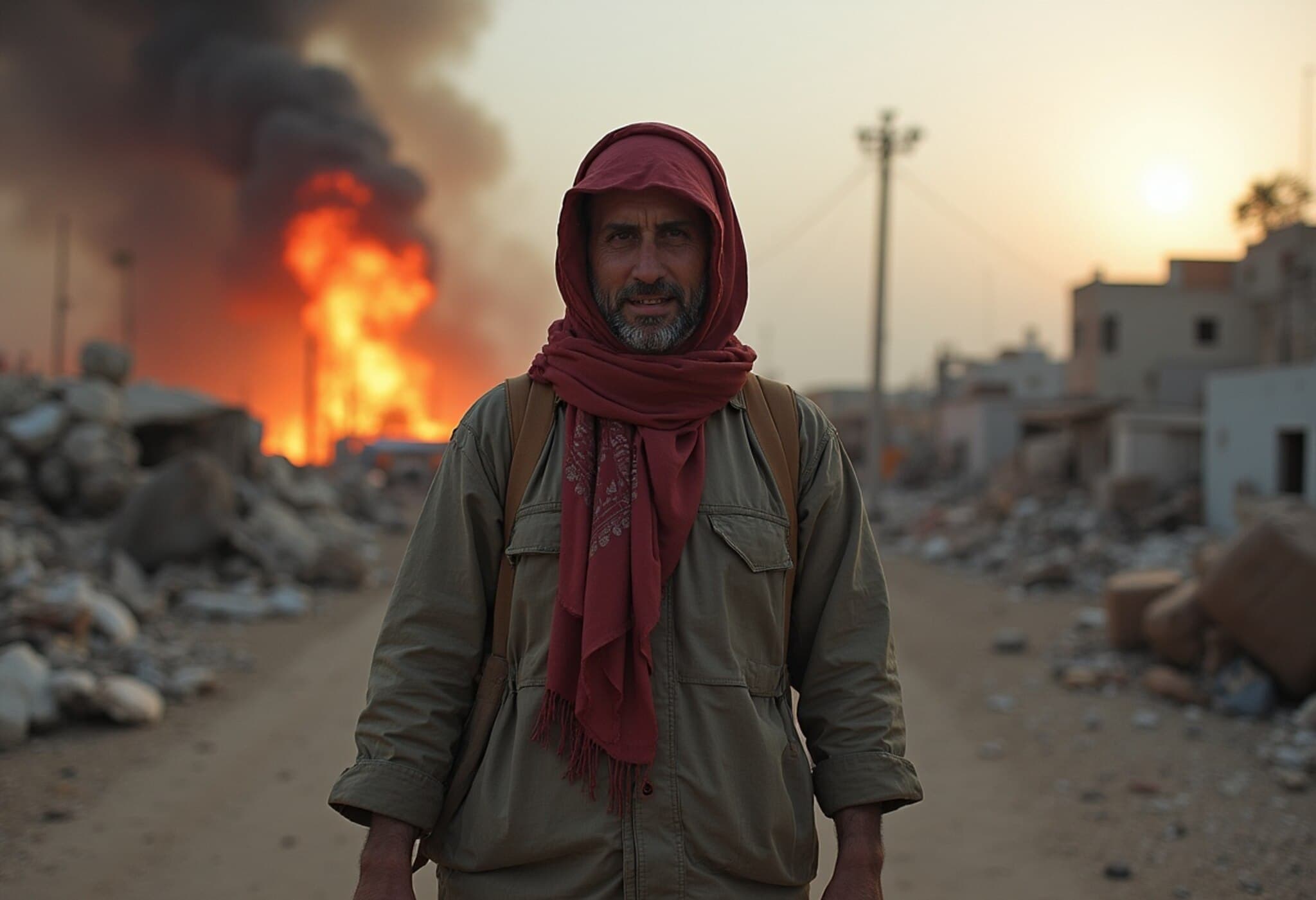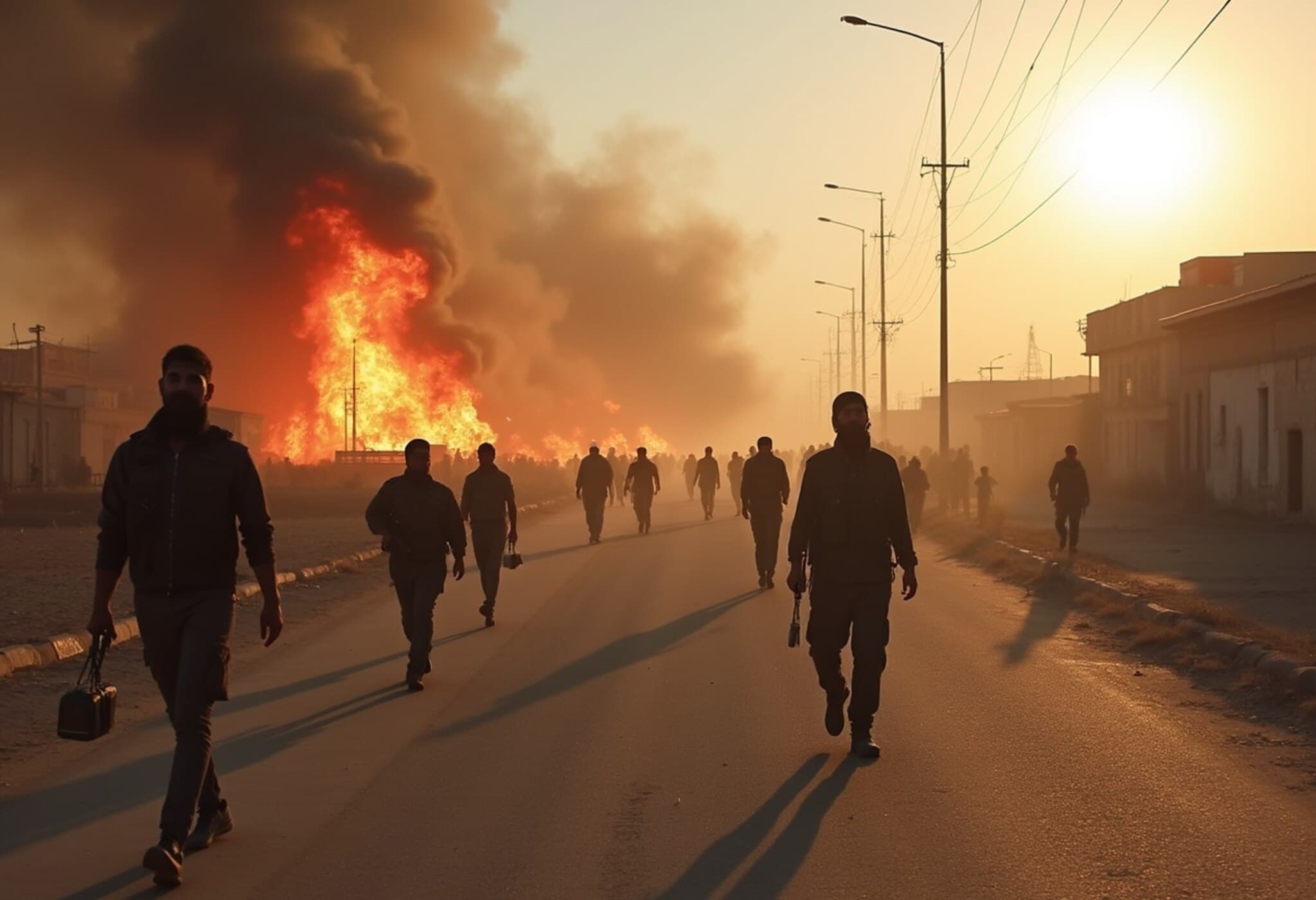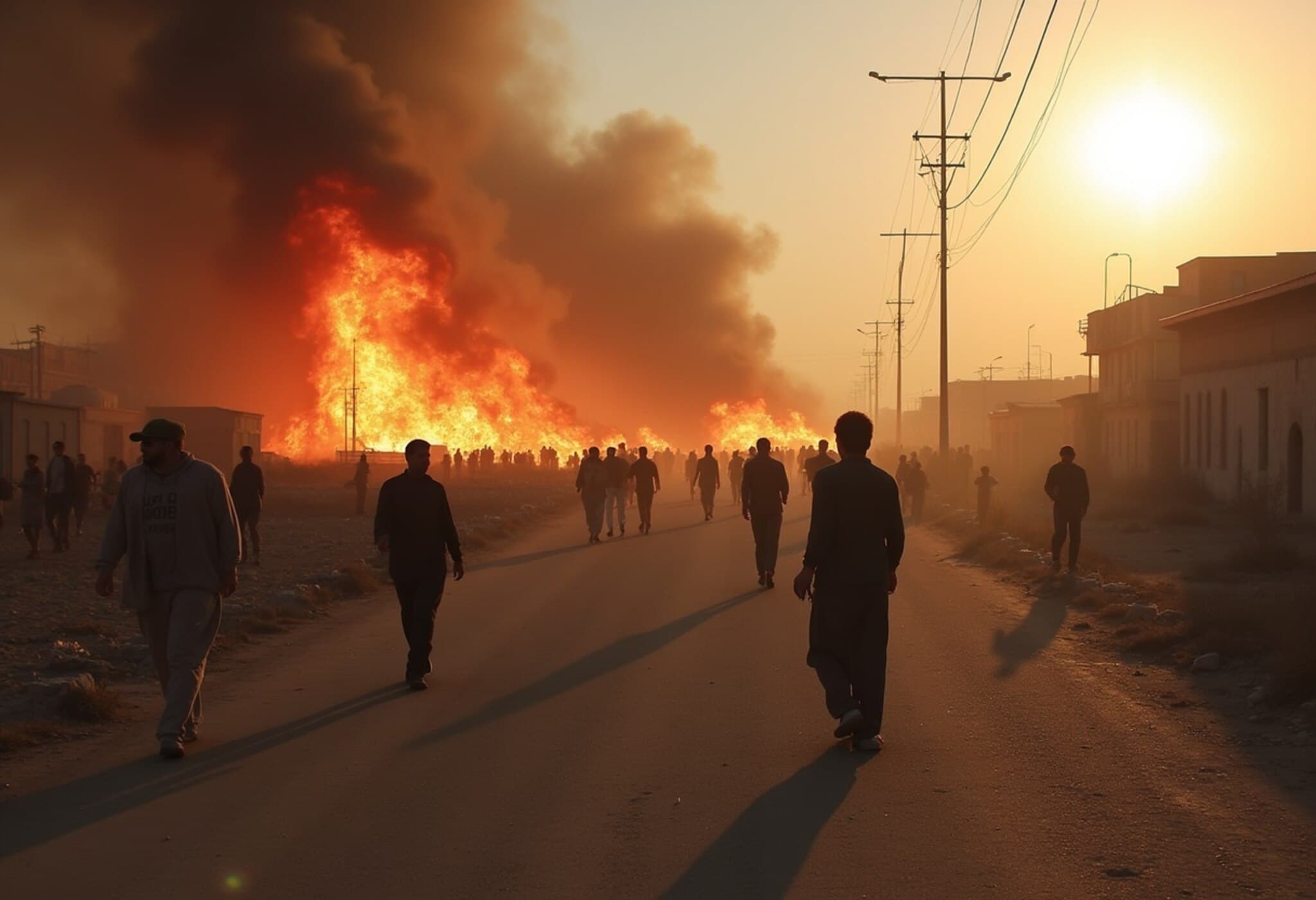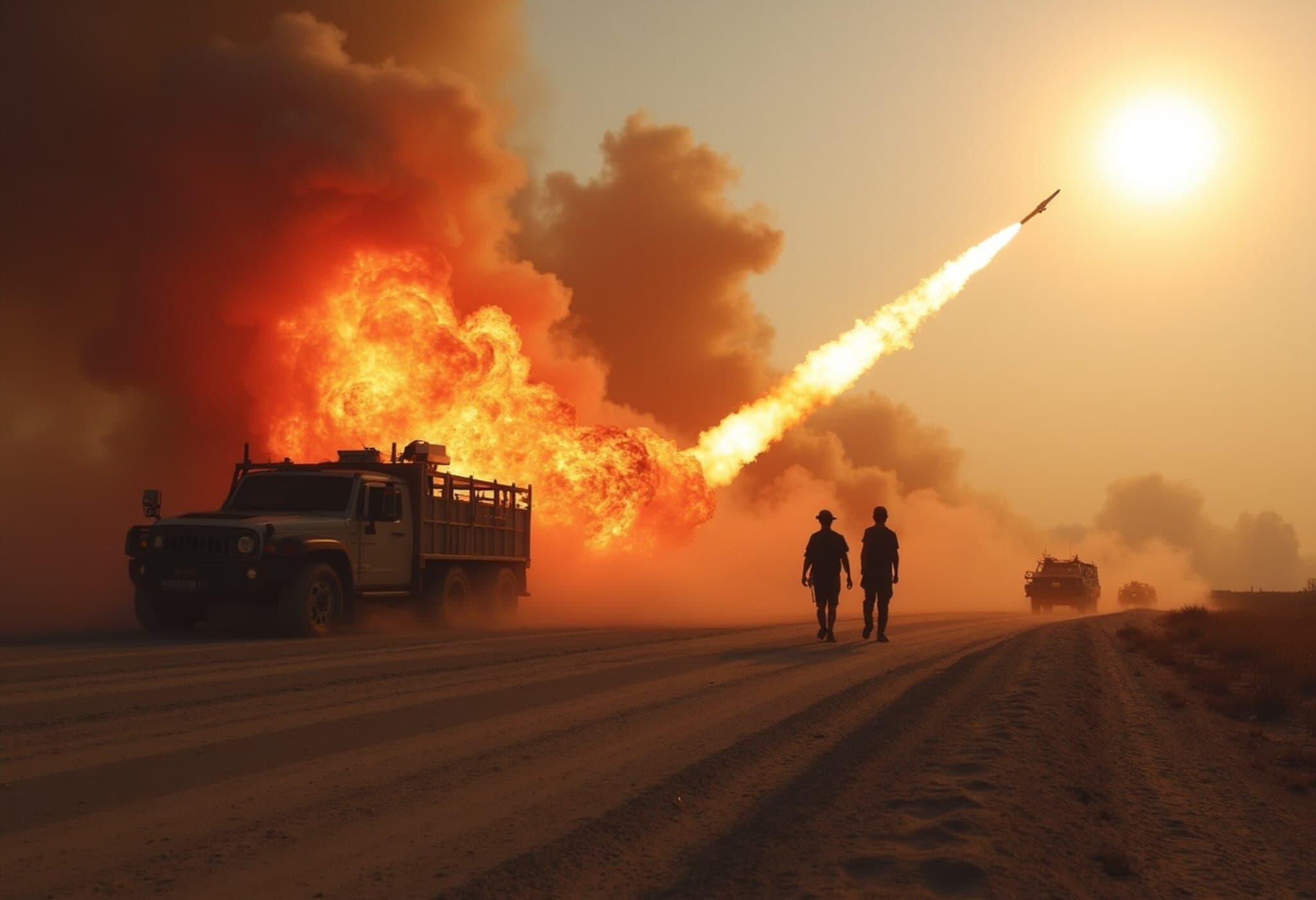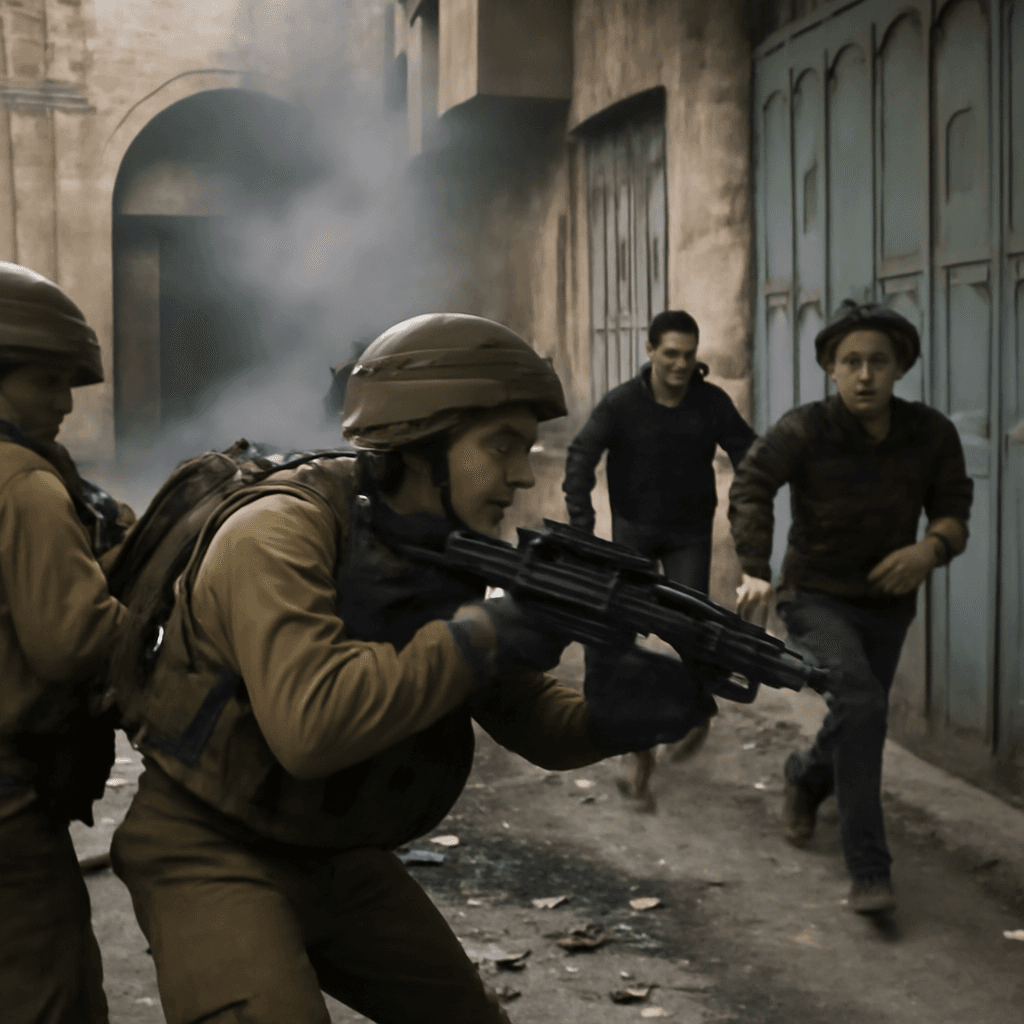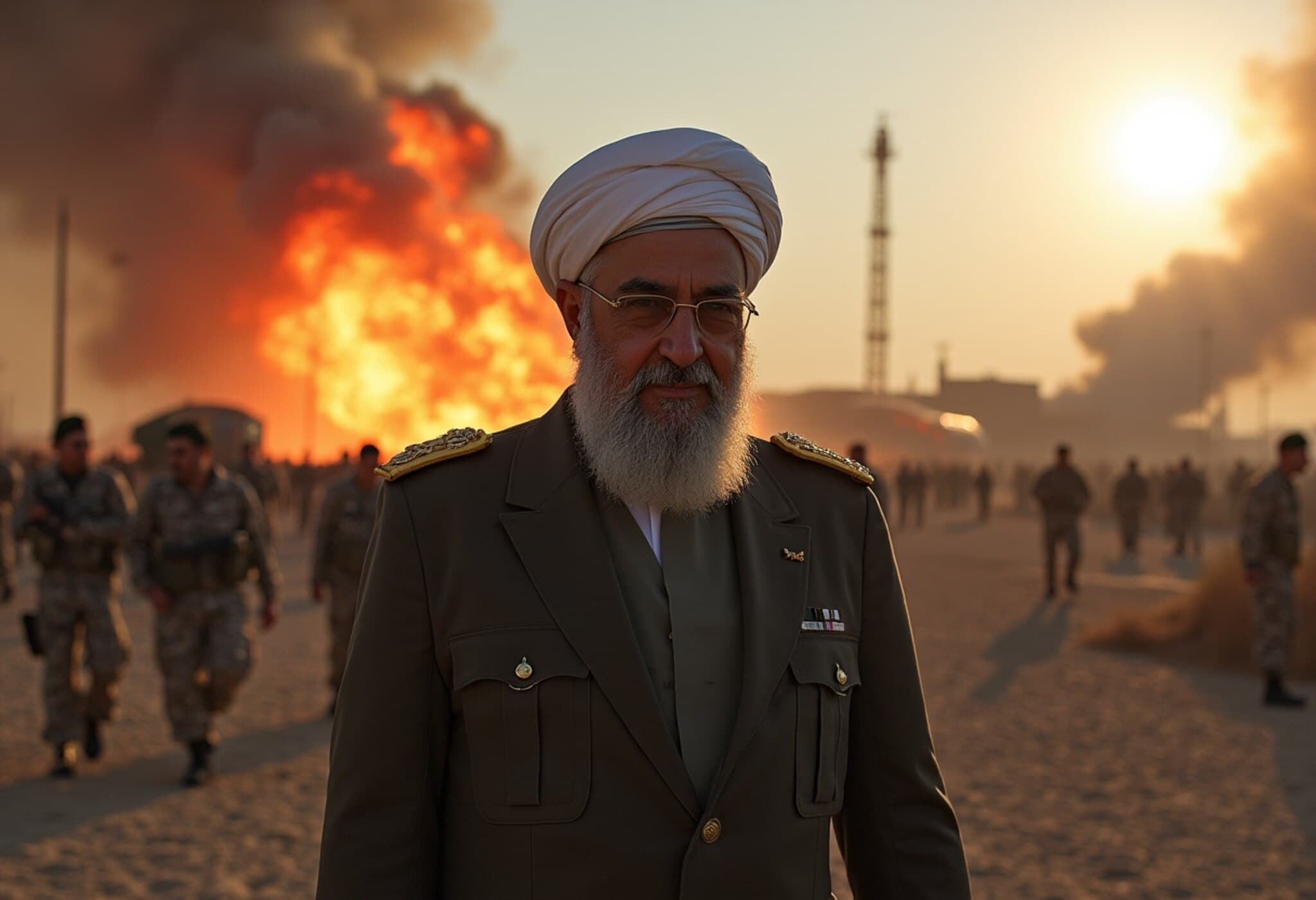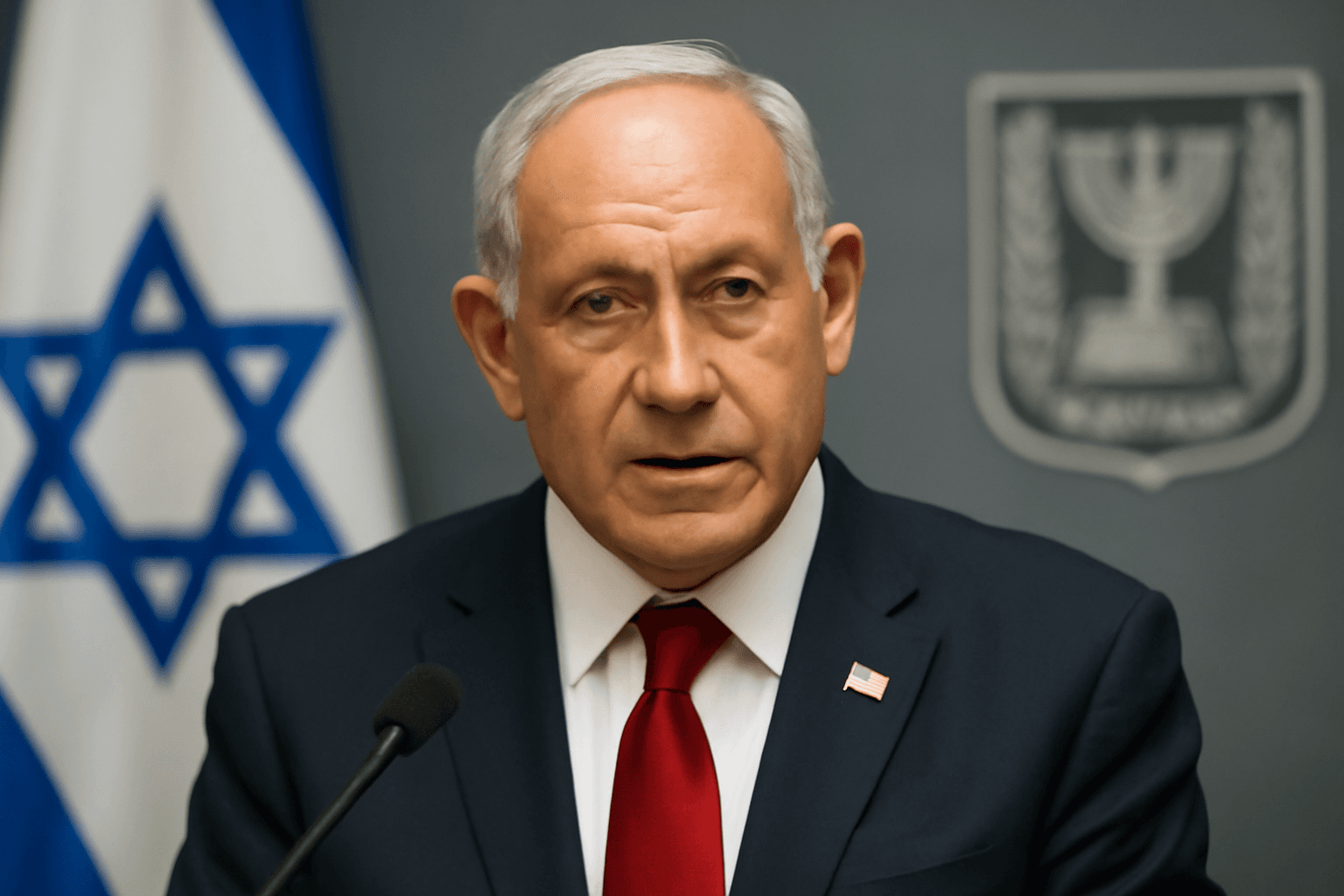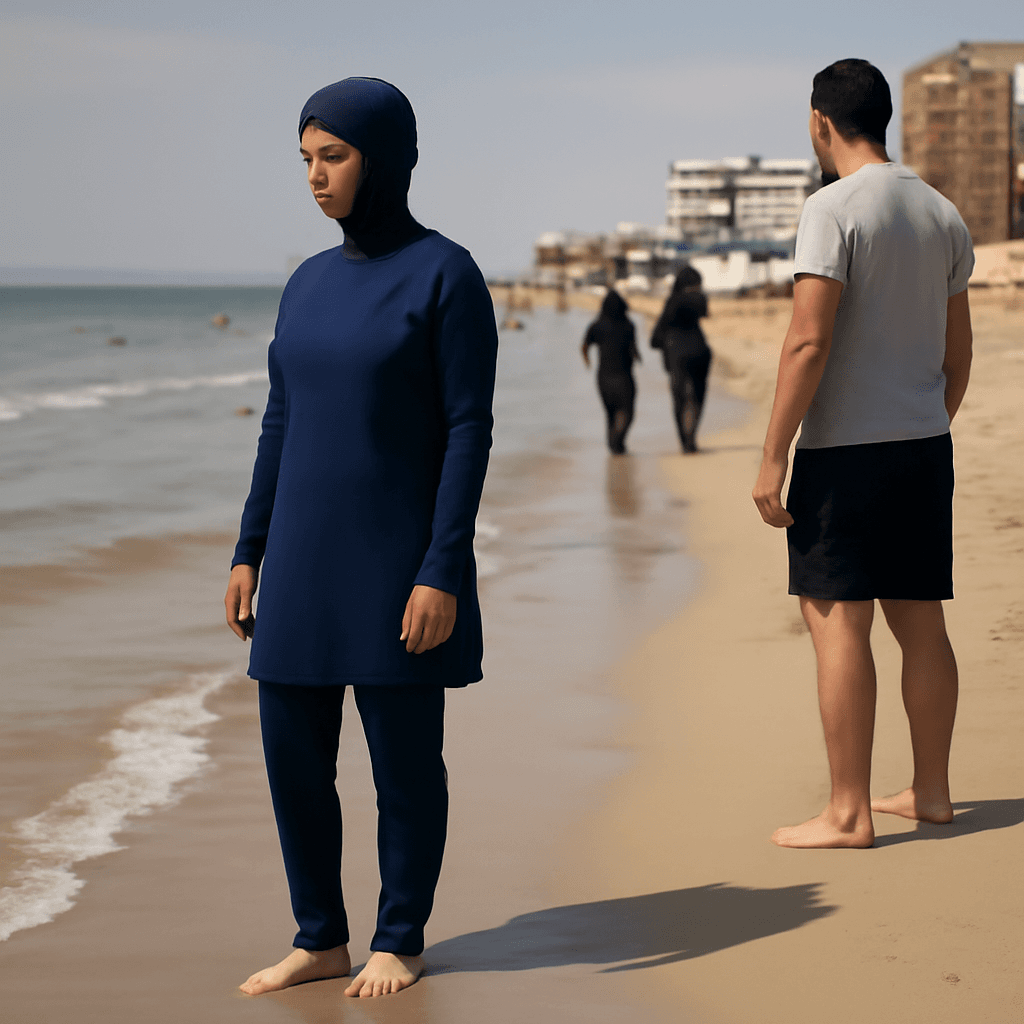Renewed Violence Tests Syria’s Fragile Ceasefire
As Syria remains fragile in the post-Assad era, fresh outbreaks of violence overnight into Sunday have erupted in two critical regions, rattling hopes for a stable transition and posing serious questions about the transitional government’s ability to maintain order across the country.
Clashes Between Druze Militias and Syrian Forces in Sweida
In the southern province of Sweida, a historic stronghold for the Druze minority, renewed hostilities unfolded between government forces and local Druze militias. These recent confrontations culminated in the collapse of a delicate truce established just weeks prior, resulting in the death of at least one security officer and one Druze fighter, according to reports from the UK-based Syrian Observatory for Human Rights.
The fighting centered around Tal al-Hadeed, a strategic high ground bordering the volatile Daraa province, an area long marked by sectarian tensions and displacement. Despite ongoing aid convoys entering Sweida city, the humanitarian situation remains grim. Residents have voiced urgent demands for unimpeded access to deliver sufficient relief to tens of thousands displaced by prior clashes.
This resurgence of conflict traces back to earlier July confrontations involving Druze militias and armed Bedouin groups backed by government forces. The violence underscored simmering sectarian fractures, raising concerns over the Druze community’s skepticism towards peaceful coexistence and integration into the broader Syrian state framework.
North Syria: Government Forces and SDF at Odds
Simultaneously, in Aleppo province’s north, government-aligned troops and the US-supported Kurdish-led Syrian Democratic Forces (SDF) engaged in hostile exchanges near the city of Manbij. The Defense Ministry released a statement accusing the SDF of launching rocket attacks that wounded three civilians and four soldiers, describing these actions as "irresponsible." Meanwhile, the SDF claimed their response targeted undisciplined government factions shelling the town of Deir Haffar.
The contested eastern Aleppo border remains a flashpoint as both sides negotiate a tenuous ceasefire tied to broader integration efforts aimed at reuniting fractured territories under Damascus’s control. Yet, mutual distrust and sporadic violence persist, underscoring the challenges confronting Syria’s transitional administration.
Israeli Military Strikes Highlight South’s Persistent Volatility
Further complicating Syria’s security landscape, Israeli forces conducted a ground operation in Quneitra province along the sensitive Golan Heights border. Israeli military officials reported detaining several suspects accused of weapons trafficking and raided multiple sites linked to illicit arms movement. This marks yet another episode in a pattern of Israeli interventions targeting militant groups in southern Syria since President Assad’s ouster.
Damascus has condemned these operations but maintains it does not seek military confrontation with Israel. Both nations, however, remain engaged in US-mediated negotiations aiming to establish a mutual security framework. Israel’s support of the Druze community during recent clashes adds another dimension to the complex geopolitical chessboard in southern Syria.
Contextualizing Syria’s Ongoing Struggles
Interim President Ahmad al-Sharaa, a former rebel leader with Islamist ties, continues to wrestle with the immense challenge of uniting a fractured nation. Syria’s mosaic of ethnic and religious groups—including the Druze, Kurds, Bedouins, and Arab majorities—have competing interests that complicate governance and peacebuilding efforts.
The Druze population, often overlooked in international discourse, has emerged as a critical barometer for Syria’s stability. Their mistrust towards Damascus and the scars from sectarian violence highlight broader societal rifts. Meanwhile, the Northern Kurdish-led administration’s uneasy rapprochement with the transitional government signals a pivotal test for Syria’s territorial integrity and political future.
Coupled with external actors like Israel asserting military influence along border regions, Syria remains a volatile crucible where local disputes intersect with regional and international power plays.
Key Takeaways
- Violence in Sweida reignites sectarian tensions between Druze militias and government forces amidst a fragile ceasefire.
- North Syria clashes between government troops and the SDF underscore persistent challenges in reintegrating Kurdish-held territories.
- Israeli operations in southern Syria highlight ongoing regional security dilemmas tied to the Golan Heights and militant threats.
- Interim leadership faces mounting pressure to reconcile competing factions and implement effective governance across the fractured nation.
Editor’s Note
The renewed violence in Syria’s south and north reveals the precariousness of peace in a country still reeling from years of conflict and political upheaval. While the transitional government aims to stabilize and unify, deeply entrenched local grievances, sectarian distrust, and overlapping foreign interests complicate any straightforward path to reconciliation. Observers should watch closely how the Druze community’s stance evolves, the SDF’s integration into the formal state structures progresses, and whether dialogue between Syria and Israel can address underlying regional tensions. The coming months will be crucial in determining whether Syria inches toward lasting peace or falls deeper into fragmentation.

